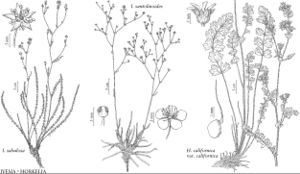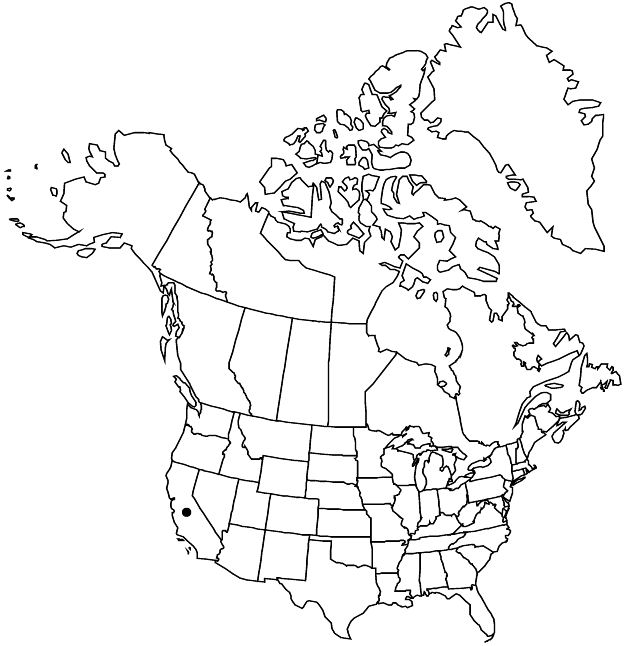familyRosaceae
subfamilyRosaceae subfam. Rosoideae
genusHorkelia
sectionHorkelia sect. Horkelia
speciesHorkelia californica
Difference between revisions of "Horkelia californica var. californica"
FNA>Volume Importer |
imported>Volume Importer |
||
| Line 42: | Line 42: | ||
|publication year= | |publication year= | ||
|special status= | |special status= | ||
| − | |source xml=https:// | + | |source xml=https://bibilujan@bitbucket.org/aafc-mbb/fna-data-curation.git/src/bb6b7e3a7de7d3b7888a1ad48c7fd8f5c722d8d6/coarse_grained_fna_xml/V9/V9_404.xml |
|subfamily=Rosaceae subfam. Rosoideae | |subfamily=Rosaceae subfam. Rosoideae | ||
|tribe=Rosaceae tribe Potentilleae | |tribe=Rosaceae tribe Potentilleae | ||
Revision as of 00:29, 28 May 2020
Basal leaves 8–40 cm; sheathing bases ± strigose; lateral leaflets 4–7(–9) per side, ovate to round, 10–40 mm, cleft ± 1/2(–3/4) to midrib, ultimate teeth 10–50; terminal leaflet 10–40 mm. Flowers: epicalyx bractlets often toothed; hypanthium interior ± pilose; sepals often red-mottled adaxially; filaments 1.5–3 × 0.5–1 mm; carpels 80–200; styles 3–4 mm. 2n = 56.
Phenology: Flowering summer.
Habitat: Margins of coastal scrub
Elevation: 0–400 m
Discussion
Variety californica is known from the immediate coast from Humboldt to San Luis Obispo counties.
Selected References
None.
Lower Taxa
None.

